1. Bottled Water

Today, Americans spend hundreds of dollars a year on bottled water, with the average price around $1 to $2 per bottle. To your grandparents, the idea of paying for water—something that came straight from the tap—would’ve seemed absurd. They drank from the faucet, a fountain, or maybe the garden hose, and thought nothing of it. The bottled water industry, which barely existed before the 1970s, is now worth billions.
What’s more, bottled water is often no cleaner or safer than municipal water supplies. Yet we buy it out of convenience, marketing, or habit. Your grandparents probably carried a thermos or drank what was available. Paying for water would’ve been seen as throwing good money away.
2. Gym Memberships

In the 1950s and ’60s, staying fit usually meant walking, working a physically demanding job, or playing sports for fun. Today, it’s common to spend $30, $50, or even $100 a month for the privilege of using treadmills, weights, and classes. Your grandparents would have found it funny to think of paying to run in place indoors. They got their exercise without needing to join a club.
Gyms became popular as daily life became more sedentary. Now, many of us work at desks and drive everywhere, so we pay to move our bodies. That’s a huge shift from when physical activity was just part of life. The cost of staying fit has literally been added to the household budget.
3. Streaming Subscriptions
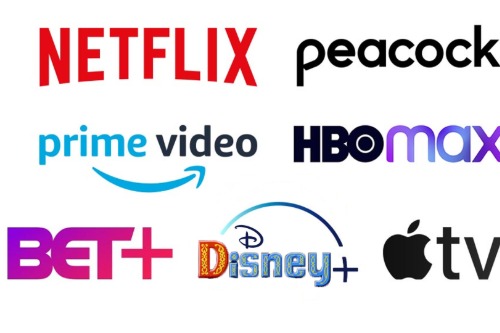
Imagine trying to explain to your grandparents that you pay $15 a month just to binge-watch shows on Netflix—and that’s just one service. Add in Disney+, Hulu, Max, and more, and it’s easy to spend $50 or more monthly on entertainment that comes through your Wi-Fi. Back in their day, folks watched TV for free over the airwaves, and maybe splurged on a movie ticket for 50 cents. The idea of shelling out for multiple subscriptions just to watch TV would have seemed wild.
On top of that, these costs add up without many people realizing it. Automatic monthly charges can quietly drain your bank account in a way that’s easy to overlook. Your grandparents might have saved that kind of money for a special night out or a new appliance. Now, it’s just the price of keeping up with the latest series.
4. Coffee Shop Drinks

Your grandparents probably brewed coffee at home for pennies a cup. These days, it’s normal to see people spending $4 to $7 on a single latte or cold brew at a café. The concept of paying that much for coffee, and doing it daily, would have been mind-blowing. Back then, coffee was fuel, not a lifestyle accessory.
Specialty coffee culture has turned a humble drink into a pricey ritual. We’re paying for atmosphere, convenience, and those fancy syrups and alternative milks. But it’s still coffee at the end of the day. Your grandparents might have saved that money for groceries or gas.
5. Smartphones and Data Plans
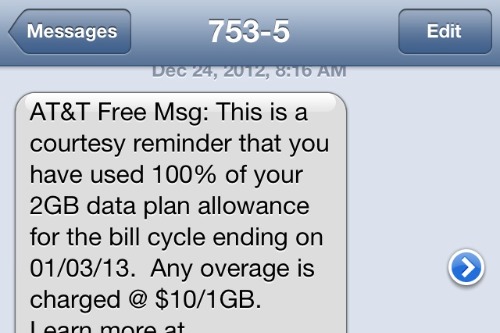
Try telling your grandparents that people today pay over $1,000 for a phone—and another $50 to $100 a month just to use it. In their time, a telephone was a one-time household purchase that lasted decades. Long-distance calls cost extra, but otherwise, the phone bill was modest. The idea of upgrading a phone every few years and paying for data would’ve sounded extravagant.
Now, our phones are mini-computers, cameras, GPS devices, and more. They’ve become a necessity, not a luxury. But the cost of staying connected has skyrocketed compared to the simple phone service of the past. Your grandparents might have been floored by how much we spend just to communicate.
6. Pet Expenses
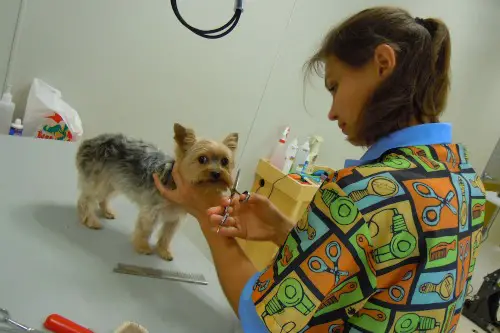
Pet spending has gone through the roof compared to the modest costs of past generations. It’s not unusual for Americans today to spend hundreds or thousands annually on premium food, vet care, grooming, and even pet insurance. Your grandparents likely fed their pets table scraps or basic kibble, and vet visits were for emergencies. The idea of paying for doggy daycare or designer collars would’ve been unthinkable.
Pets have truly become part of the family in modern America. We treat them like our children, and that means big spending. From organic treats to holiday gifts, the pet industry is booming. Your grandparents would probably have shaken their heads at the idea of a monthly pet budget.
7. Delivery and Takeout Fees
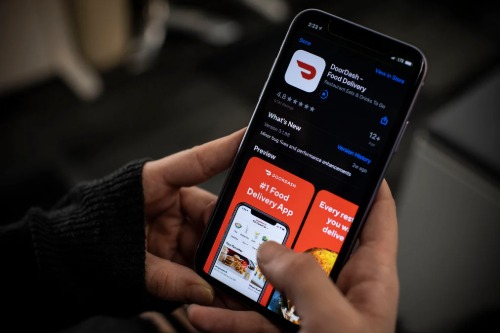
Your grandparents might have ordered an occasional pizza, but delivery was a rare treat. Today, many people regularly pay delivery fees, service charges, and tips just to get dinner to the door. Between DoorDash, Uber Eats, and other apps, it’s easy to spend $10 or more extra per order beyond the food itself. The idea of paying so much for convenience would have seemed extravagant.
Of course, our busy lives feed into this trend. It’s tempting to have meals arrive with just a few taps on a screen. But those fees add up quickly, making takeout a pricey habit rather than an occasional splurge. Your grandparents probably would’ve cooked rather than pay that much.
8. Personal Care and Beauty Services

These days, it’s common to budget for things like regular hair coloring, gel manicures, lash extensions, and professional skincare treatments. Your grandparents might have gone to the barber or salon once in a while, but they didn’t shell out hundreds for beauty routines. Many women did their own hair and nails at home. The modern beauty industry, with its endless services, would have seemed like pure indulgence.
Part of this change is cultural—there’s more pressure to look polished all the time. Social media and selfie culture have only added fuel to the fire. And the cost of keeping up appearances can rival a car payment. Your grandparents might have considered that money better spent elsewhere.
9. Childcare

Your grandparents often relied on family or neighbors to help watch the kids. Today, full-time daycare can easily cost $1,000 to $2,000 a month, depending on where you live. The price of after-school care, summer camps, and babysitters adds up too. Childcare has gone from a community responsibility to a massive household expense.
Dual-income households are much more common now, which drives the need for paid care. But your grandparents might have been shocked at how much families have to spend just to be able to work. In many places, childcare rivals housing costs. It’s a huge shift from how families managed in the past.
10. Internet and Cable
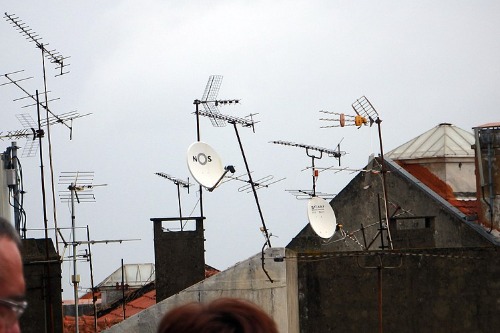
Your grandparents never had to budget for internet or cable—TV came free with an antenna, and communication happened over the phone or by mail. Now, most households pay $70 to $150 a month for high-speed internet and cable packages. And that’s before adding streaming services on top. The idea of paying that much just to be entertained or connected would have seemed over the top.
Yet today, internet access is essential for work, school, and daily life. Cable TV, once a luxury, has become the norm for many families. Your grandparents probably couldn’t have imagined budgeting for something they got for free or didn’t need at all. These costs show just how much modern life has changed.
This post 10 Everyday Expenses in America That Would Have Blown Your Grandparents’ Minds was first published on American Charm.


